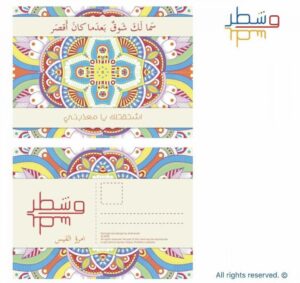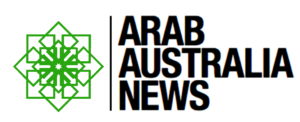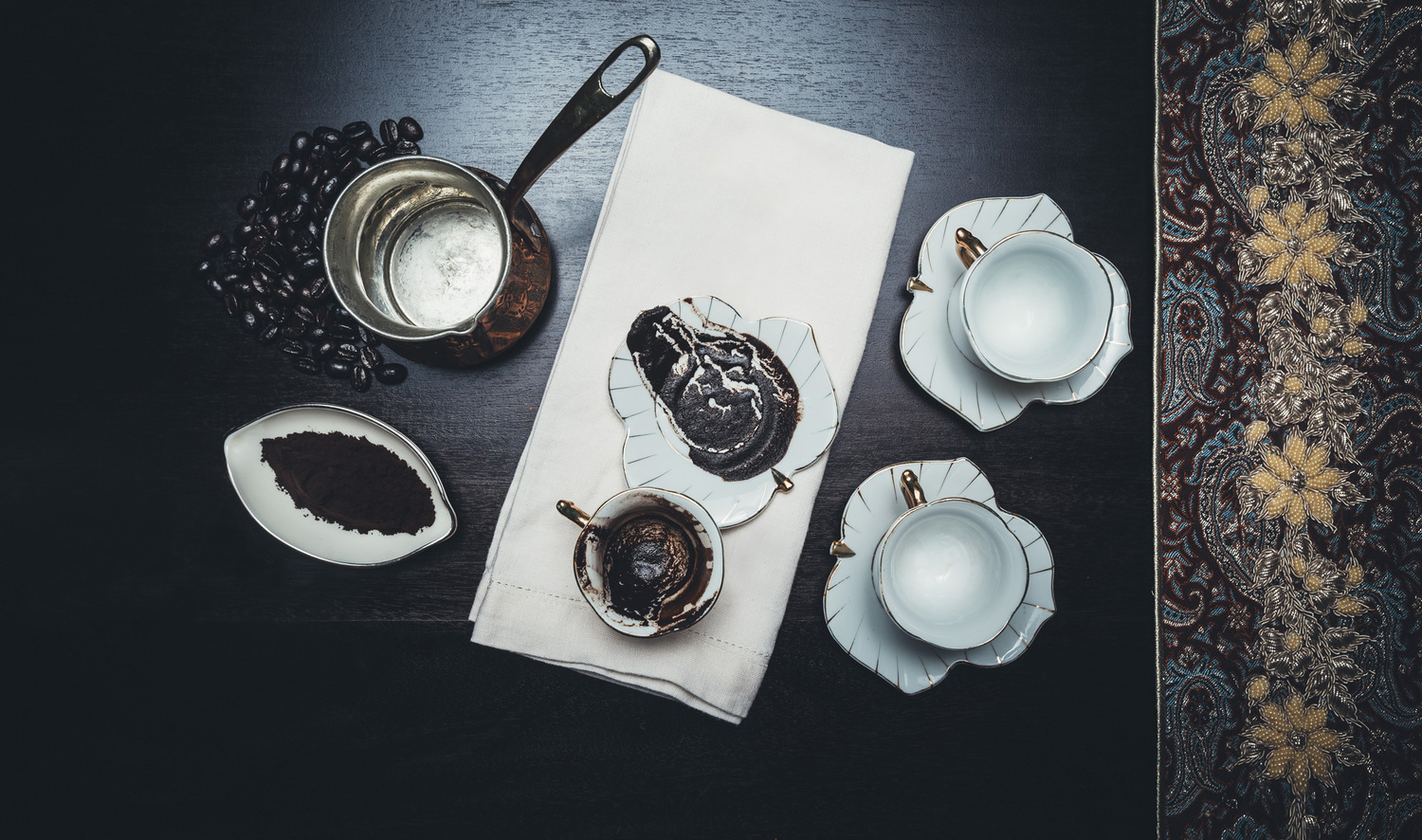

BEIRUT: A plethora of local artists adorn their creations with an authentic aura that touches on the Arabic elements of language and culture.
These artsy works are brought to the world with an oriental sense added to their crux. They challenge norms that people have gotten accustomed to by rekindling the neglected presence of the Arabic language. The latter’s use in communication is rendered almost obsolete amongst the emerging youths. Thus, initiatives such as ShatrwSatr revive the use of Arabic outside its rigid use in textbooks, undressing it from its traditional context.
“Our ShatrwSatr postcards portray old Arabic poetry verses along with a modern and sarcastic colloquial Lebanese twist acting as a guideline to explain the verse. Their themes usually revolve around a specific occasion such as a birthday or a wedding,” the founders of ShatrwSatr noted for Annahar.
They further added that printing Arabic words on these humble cards to celebrate people’s moments, rather than resorting to Latinized ones, is a token of appreciation and celebration of the language. It builds resilient bridges between the golden past and the nostalgic present through the glorification of classical Arabic poets such as Imru’ al-Qais, Al-Mutanabbi, and Antarah Ibn Shaddad.
Another form of Arabic language preservation is embodied within the handmade painted wooden designs of Iyad Al Hamawi and Rahaf Mourtada, the founders of Sense of Art. Their motive lingers within altering the perception of art from being an idealized and expensive tangible product directed towards a specific niche, to it becoming minute art pieces customized for the entirety of the masses.
“The Arabic language is one of the most prominent subjects that we ensure a heavy portrayal of when coming up with nouvelle concepts to decorate our necklaces, bracelets, bookmarks, coasters, and keychains,” they noted.
They carve colloquial statements of everyday use as well as lyrics, holding on to both traditional and modern: pop or alternative Arabic music. They also feature quotes by famous writers, artists, and figures immersed in the Arabic culture to cater to all age groups, focusing on the youth as a main target.
“The purpose behind our art is to enlighten the emerging youth with the raw beauty that our language encompasses, whether spoken or written. It is notable to mention that the diasporas have been solely attracted to our Arabic designs, for they are a piece of home that they can carry to their loved ones abroad,” Iyad and Rahaf added.
I have This Thing With Beirut is an online platform solely dedicated to capture Beirut’s buildings, old shops, doors, and windows in a raw manner. It conveys a certain story in each of its photographs, embracing the Arabic and especially Lebanese cultural aspect.
“I wanted to glorify the city through capturing street signs, old windows and doors, and the paint peeling on its decayed buildings, and try to rekindle that nostalgic feeling of old Beirut,” Rayan El Masri, the founder of I Have This Thing With Beirut, told Annahar.
Through prints, postcards, pins, and stickers, Rayan perpetuates the revival of forgotten nooks and hidden gems of Beirut. A plethora of buildings that she has captured have been brought down by capitalist entities and their brutal overtaking of nature and architecture for materialistic purposes. She preserves this cultural heritage and eternalizes it through her photography, whose role is to document the city’s features for future generations and the diaspora to hold on to.
These pictures narrate the multi-faceted cultural features and historical backgrounds of the city; they are evidence of survival. “Beirut has a lot of history starting from the Ottomans to the French to gaining our own independence to the civil war, and you can see the influence it has left on our architecture. Every picture is a moment in a large timeline that would introduce the locals, youths, expats living in Lebanon, and diaspora to this,” she noted.
The founder wanted to use a medium that goes beyond a digital platform. She wanted it to be physically manifested in objects that one can feel and look at. “We all have this unanimous memory bank and a picture is worth our collective memories,” she said.
“Those who left Beirut always have a connection back to their home. Prints, and especially postcards are a keepsake of the city because they embrace this immortalized feeling in an object without having it lost forever.”
The Arabic language and culture are never demised through local authentic creations that resemble a cocoon of home to those relentlessly seeking a connection with their roots.









